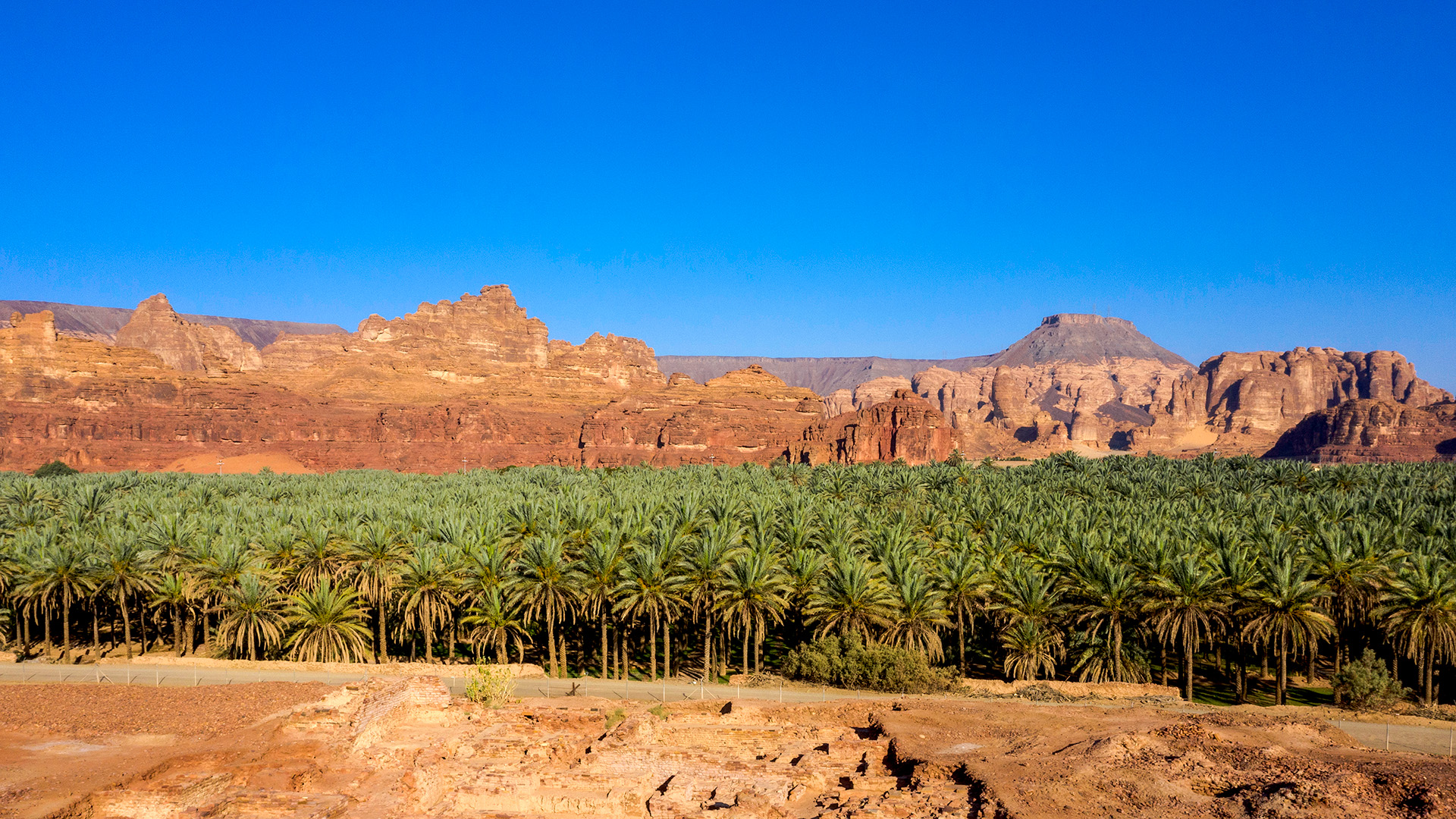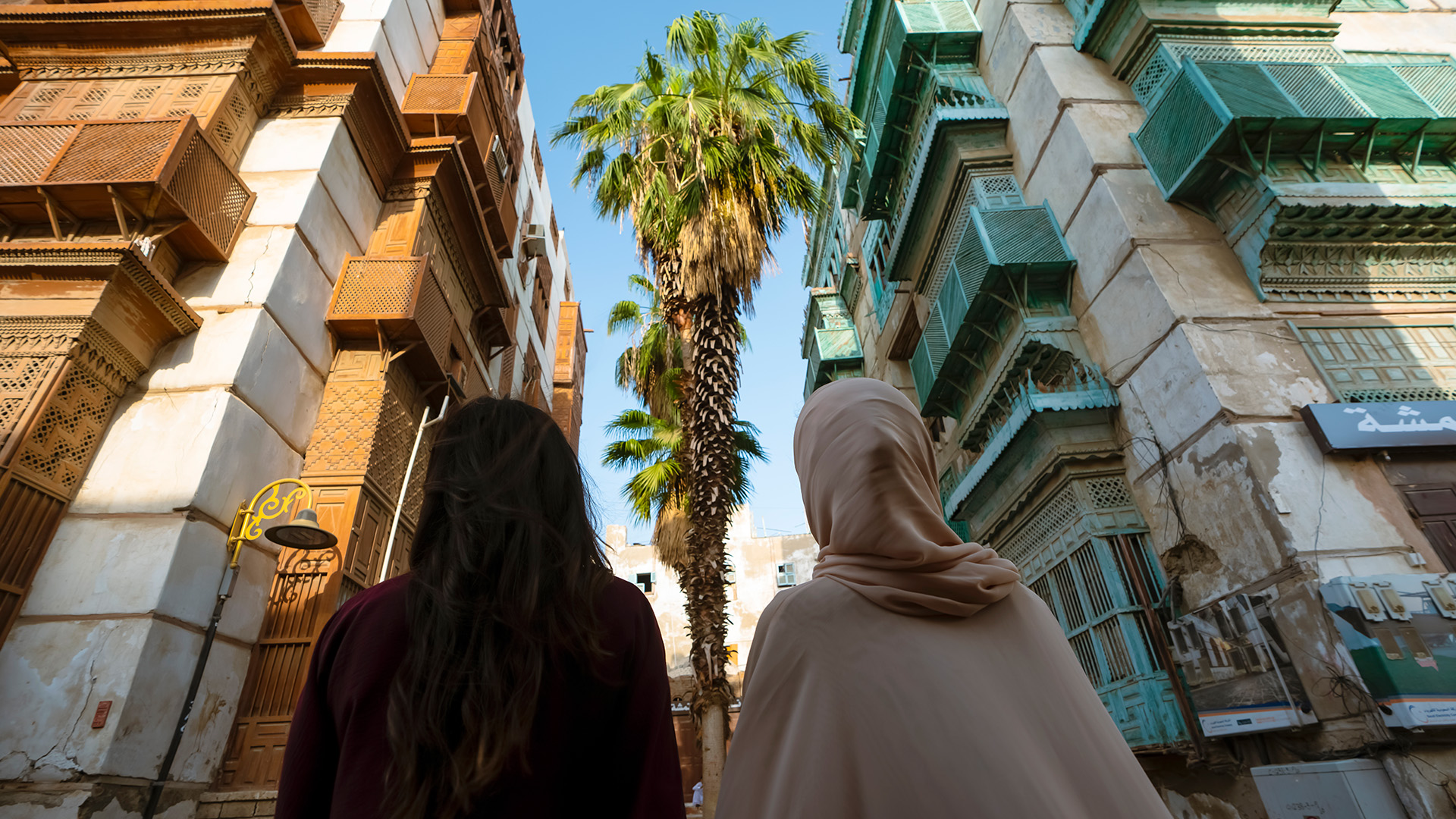
From coral reef gazing to mountaineering
Saudi’s diverse landscape makes it a year round destination for adventure seekers
Home to the Rub-Al Khali, the largest continuous sand desert in the world with a sizzling climate to match, Saudi is a destination bursting with year-round adventure and opportunities for discovery. Even during the hottest summer months, the country has something to pique the interests of just about any holidaymaker.
Saudi is incredibly diverse in landscape and scenery, much of which is not only cooler but remains untouched in terms of tourism since the country only opened to tourists in 2019. From the juniper-clad mountains in the Aseer province to an array of water activities, such as diving into the depths of the world’s most resilient and pristine reefs in the Red Sea, Saudi can be enjoyed by the inquisitive traveler throughout the year.
And it’s for this reason that the country is becoming a truly off-the-beaten-track experience, ideal for those looking to explore virtually uncharted territory without the bustling crowds.
A year-round destination
Those looking to take advantage of the cultural events and historic sightseeing on offer in Saudi during the warmer months should know they aren’t limited to your more typical summer activities.
A journey to the country’s higher altitudes, such as the green landscapes of Aseer, offers a unique connection with nature in much cooler climes. Here, visitors can begin their own adventures from a number of iconic locations, such as Shada Palace in the province’s capital city of Abha.
This mud-walled tower is not only an embodiment of traditional architecture but has been turned into a museum offering an insight into Saudi’s past. And with temperatures reaching no higher than 86°F at the hottest part of the day (and a much milder 60°F in the evening), the city’s landmarks can be explored effortlessly before or after lunch.
Perhaps Abha’s biggest draw is its cable car system, which ferries passengers between some of the region’s most desirable spots while offering breath-taking panoramic views. From the summit of Soudah, Saudi’s tallest peak, adventurers are carried through the skies to the neighboring archaeological village of Rijal Almaa – a 350-year-old settlement that showcases an arrangement of white quartz-studded mini fortresses.
Those wanting to take advantage of Saudi’s 340 hours of monthly sunshine can do so in the coastal destination of Jeddah, a port city that lies just seven hours north of Abha. Here, visitors can witness global heritage celebrated by UNESCO – such as the gate to Makkah – and cool off afterwards by plunging into the shores of the adjacent Red Sea. Below the water surface lies a vibrant coral reef and a 100-year-old shipwreck, which can be accessed through the various scuba tours available.

A personal pilgrimage
Saudi is both a cultural and spiritual respite. Travelers can immerse themselves in a variety of cathartic experiences while remaining respectful to their environment and the laws that govern the land.
A short ride outside of Jeddah, for instance, is the ancient city of Makkah. Despite many of its holy sites being off-limits to tourists, there is still plenty to explore with the appropriate wear – which isn’t as disciplined as many conceptions may have it. Since Saudi opened its doors to foreign visitors, including the launch of a new visa program for 49 countries, the country has relaxed its once stricter dress code.
While many Saudi women wear the traditional black, long gown called the abaya as part of their culture, tourists aren’t expected to do the same. All visitors are still expected to dress modestly, covering their knees and shoulders, but items of clothing that conceal the hair or most of the head, such as the hijab and niqab, are optional for both Saudi women and female travelers.
Saudi is undoubtedly a much more accessible country for tourists to spend vacations, no matter what time of year they visit.




